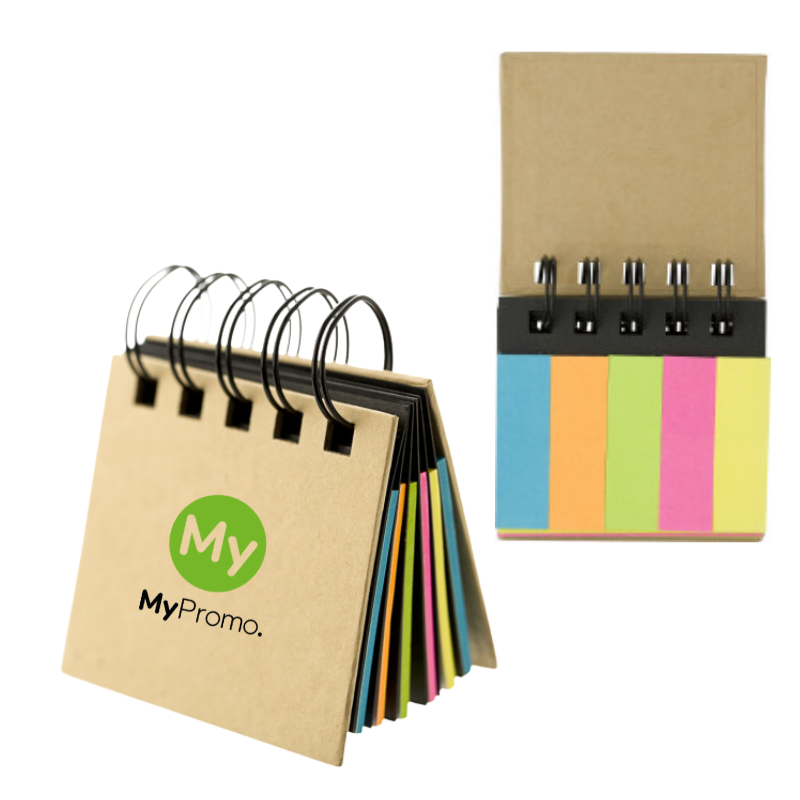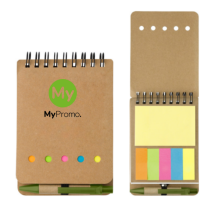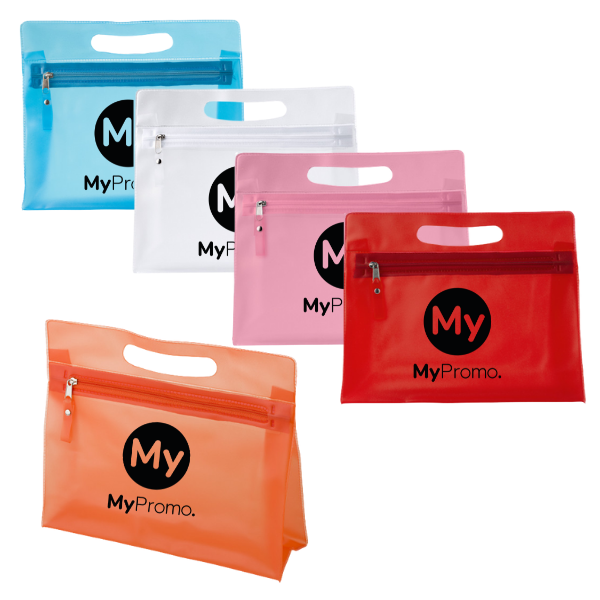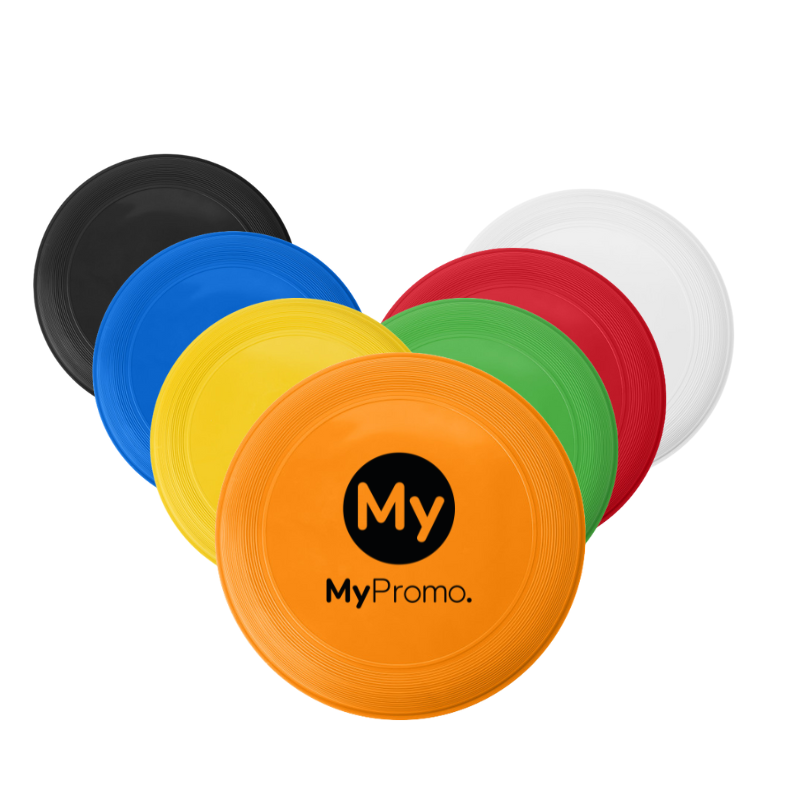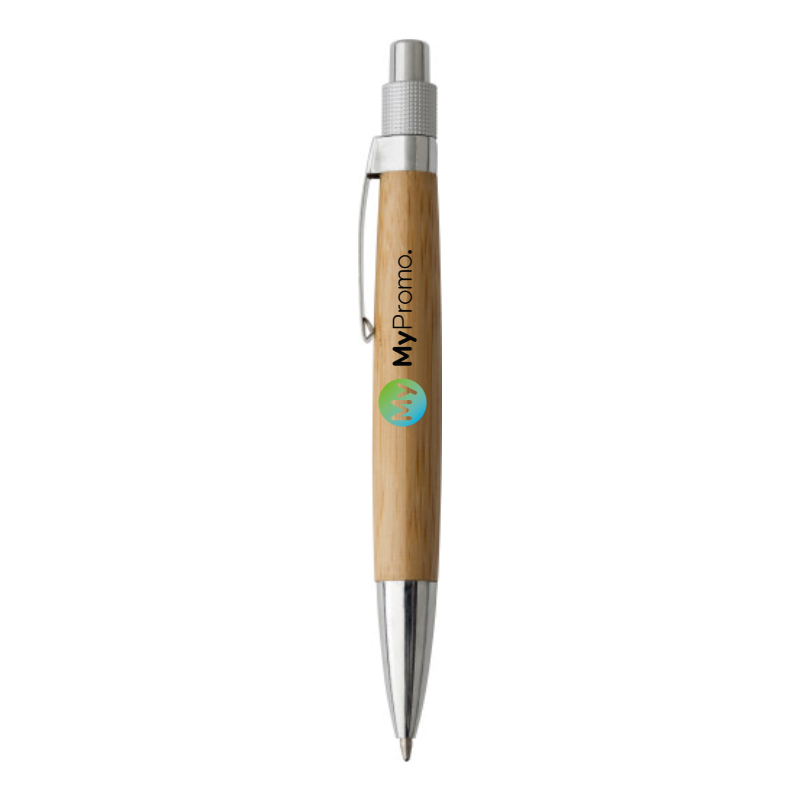Sublimation
What is Sublimation?
Sublimation is an advanced printing technique recognised for converting solid dye directly into a gas without becoming a liquid, allowing it to bond seamlessly with fabric or material. This method is particularly favoured for producing promotional gifts and custom apparel due to its longevity and superior quality outcomes. Sublimation has its origins in scientific discoveries from the 19th century but has evolved significantly with advancements in technology, leading to more precise and vibrant colour applications.
The Sublimation Process Explained
The sublimation printing process encompasses several key stages. It begins with printing a special sublimation dye onto transfer paper. This printed area is then placed against the chosen substrate—commonly textiles, ceramics, or metals. The assembly is exposed to high temperatures, usually around 400 degrees Fahrenheit, using a heat press. This intense heat causes the dye to sublimate, or transform into a gas, which permeates the substrate and solidifies into its fibres. As the heat is removed, the dye returns to a solid state, now permanently embedded in the substrate.
Essential Tools and Materials for Sublimation
Successful sublimation printing requires a specific set of tools and materials. The setup includes a digital printer that is compatible with sublimation inks, ensuring correct ink transfer during heating. Additionally, sublimation ink is needed, uniquely formulated to shift from solid to gas without passing through a liquid stage. Transfer paper specifically designed for sublimation is also crucial, as it holds the dye in place until it transfers onto the substrate. A heat press is vital for applying the necessary heat and pressure to facilitate the sublimation process. Lastly, suitable substrates are essential; these often include polyester fabrics, coated ceramics, and polymer-coated metals, all capable of effectively bonding with the vaporised ink.
Common Applications and Notable Examples
Sublimation is widely utilised for creating customised promotional products. Typical items include personalised T-shirts, personalised mugs, personalised mouse pads, and puzzles. This technique is chosen for these applications because it produces sharp, clear images that are durable and resistant to fading. Businesses frequently use sublimation to craft unique and visually appealing promotional items that withstand frequent use.
Advantages of Sublimation Printing
Sublimation offers numerous advantages over traditional printing methods. It allows for full-colour, high-definition prints that are integrated into the substrate rather than merely laying on top. This integration ensures the print won't crack, peel, or wash away over time. Additionally, sublimation is environmentally friendly, using less water and producing fewer waste products than other printing techniques.
Comparing Sublimation with Other Printing Techniques
When compared to other printing methods such as screen printing or inkjet printing, sublimation stands out for its ability to infuse dye with the fabric, resulting in incredibly long-lasting and vibrant prints. Unlike direct inkjet or thermal prints, sublimation ensures that the artwork is as breathable as the fabric itself, making it ideal for apparel.
Challenges and Limitations of Sublimation
Despite its benefits, sublimation printing is not without challenges. The technique requires a 100% polyester substrate or polymer-coated material, limiting its use with natural fibres such as cotton. The initial setup cost for sublimation can also be high due to the need for specific equipment and supplies.
Comparison Table of Printing Techniques
| Printing Technique | Material Compatibility | Colour Durability | Environmental Impact |
|---|---|---|---|
| Sublimation | Polyester, coated ceramics, polymer-coated metals | High (integrated into substrate) | Low waste, minimal water usage |
| Screen Printing | Wide range, including cotton and other natural fibres | Moderate (surface layer only) | High waste and water usage |
| Inkjet Printing | Most fabrics and papers | Moderate to high depending on ink type | Varies by ink type; some are eco-friendly |
| Heat Transfer | Most fabrics | Low to moderate (can crack or peel) | Moderate waste from transfer paper |
| DTG (Direct-to-Garment) | Primarily cotton and light-coloured fabrics | High (directly printed onto fabric) | Moderate; uses substantial amounts of ink and water |
What is sublimation printing used for?
Sublimation printing is used to create high-quality, durable prints on materials like polyester, certain plastics, and light metals. It's popular for making customised apparel, promotional merchandise, and photographic panels.
Can sublimation be done on cotton?
No, sublimation ink will not bond with natural fibres like cotton. It requires polyester or polymer-coated materials to be effective.
Is sublimation printing durable?
Yes, sublimation printing produces highly durable prints. The dye becomes part of the substrate, making it resistant to fading and washing out.
What are the environmental impacts of sublimation printing?
Sublimation is considered environmentally friendly due to its low waste production and minimal use of water compared to other printing methods.
How does sublimation differ from screen printing?
Unlike screen printing, which applies ink on top of the substrate, sublimation dye integrates into the substrate, offering a more durable and touch-friendly result.
